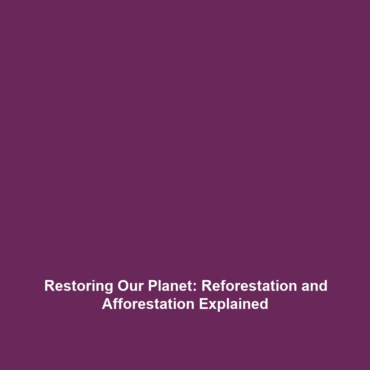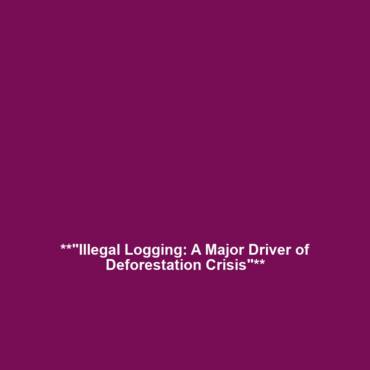Access to Immunotherapy in Developing Countries: Bridging the Gap
Introduction:
Access to immunotherapy represents a transformative advancement in cancer treatment, yet a significant disparity exists in the availability of these life-saving therapies, particularly in developing countries. Addressing this gap is crucial, as immunotherapy has shown great promise in providing effective treatment options for various cancer types. Understanding the significance of equitable access to immunotherapy in the context of global health and cancer care is essential for improving outcomes and saving lives across diverse populations.
Key Concepts
Several key concepts underpin the discussion of access to immunotherapy in developing countries:
- Equity in Healthcare: Ensuring that all patients have access to effective cancer treatments regardless of their socio-economic status.
- Immunotherapy Mechanisms: Understanding how immune-based treatments work and their implications for different types of cancers.
- Healthcare Infrastructure: The role of a robust healthcare system in delivering innovative treatments to underserved populations.
- Policy Development: Establishing policies that facilitate the inclusion of immunotherapy in national cancer treatment guidelines.
Applications and Real-World Uses
Access to immunotherapy in developing countries is critical for enhancing cancer treatment. Here are some significant applications:
- Clinical Trials: Enrolling patients from developing regions in clinical trials can provide access to cutting-edge therapies while contributing to global research.
- Treatment Accessibility: Implementing local production and distribution systems to reduce the costs associated with immunotherapy drugs.
- Community Awareness Programs: Educating communities about immunotherapy options, enabling patients to make informed choices about their treatment options.
These applications demonstrate how access to immunotherapy can reshape cancer care in developing regions, ultimately contributing to improved patient outcomes.
Current Challenges
Several challenges hinder the effective implementation and access to immunotherapy in developing countries:
- Affordability: The high cost of immunotherapy drugs limits availability for patients in lower-income settings.
- Infrastructure Limitations: Inadequate healthcare infrastructure hampers the ability to deliver complex treatments effectively.
- Regulatory Barriers: Slow regulatory approval processes can delay access to new therapies.
- Awareness and Education: A lack of awareness about immunotherapy among healthcare providers and patients can prevent effective treatment utilization.
Future Research and Innovations
Looking forward, several promising areas of research and innovation seek to bridge the gap in access to immunotherapy:
- Telemedicine: Utilizing technology to provide remote consultations and treatment planning for cancer patients.
- Affordable Treatment Models: Innovative pricing and delivery methods are being developed to make immunotherapy more accessible.
- Next-Generation Therapies: Research is underway on new immunotherapeutic agents that may offer more effective and affordable solutions.
- Global Partnerships: Collaborations between governments, NGOs, and pharmaceutical companies aimed at enhancing drug access.
Conclusion
In summary, bridging the gap in access to immunotherapy in developing countries is a pressing issue that holds the potential to revolutionize cancer treatment globally. By addressing challenges such as affordability, infrastructure, and awareness, we can pave the way for equitable healthcare. Continued research and innovative solutions will play a crucial role in defining the future landscape of immunotherapy. For further reading, visit our sections on Immunotherapy Principles and Global Health Initiatives.









